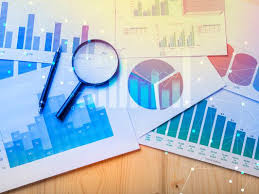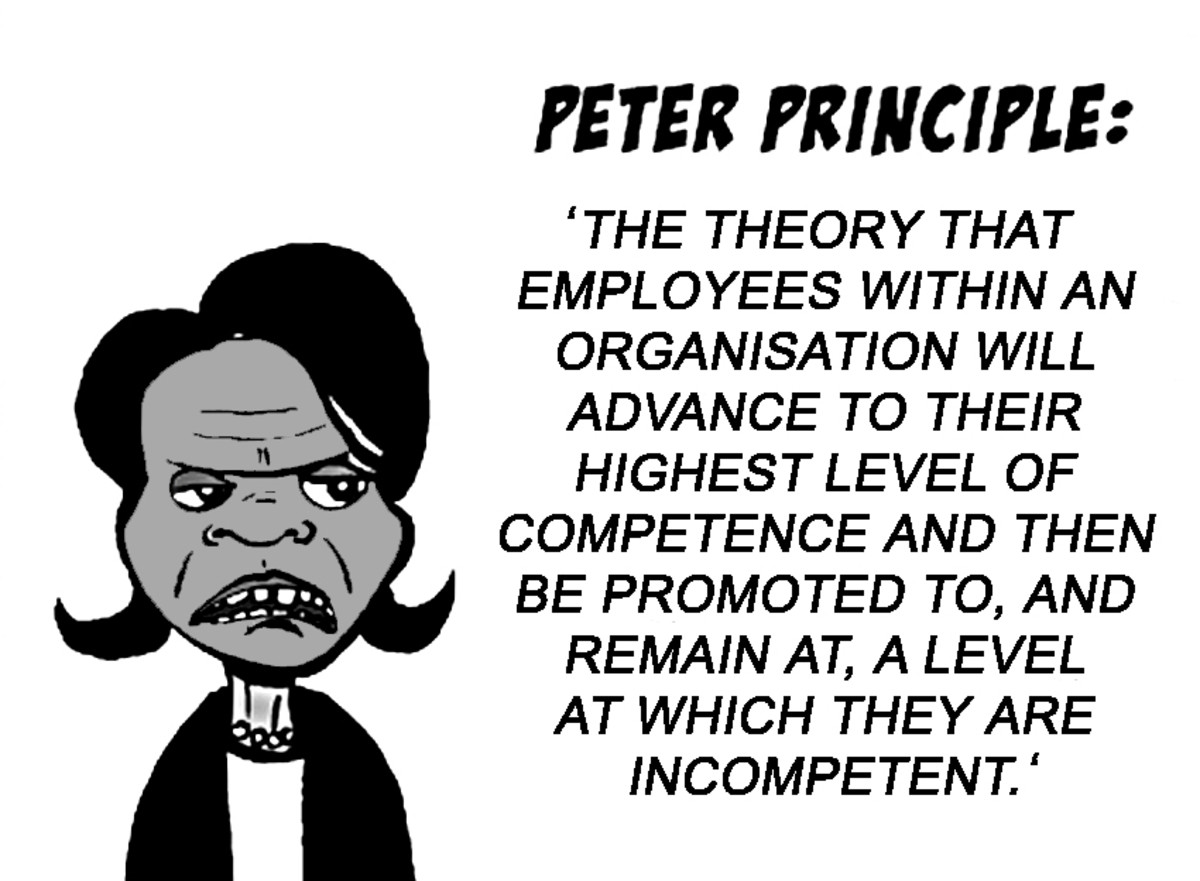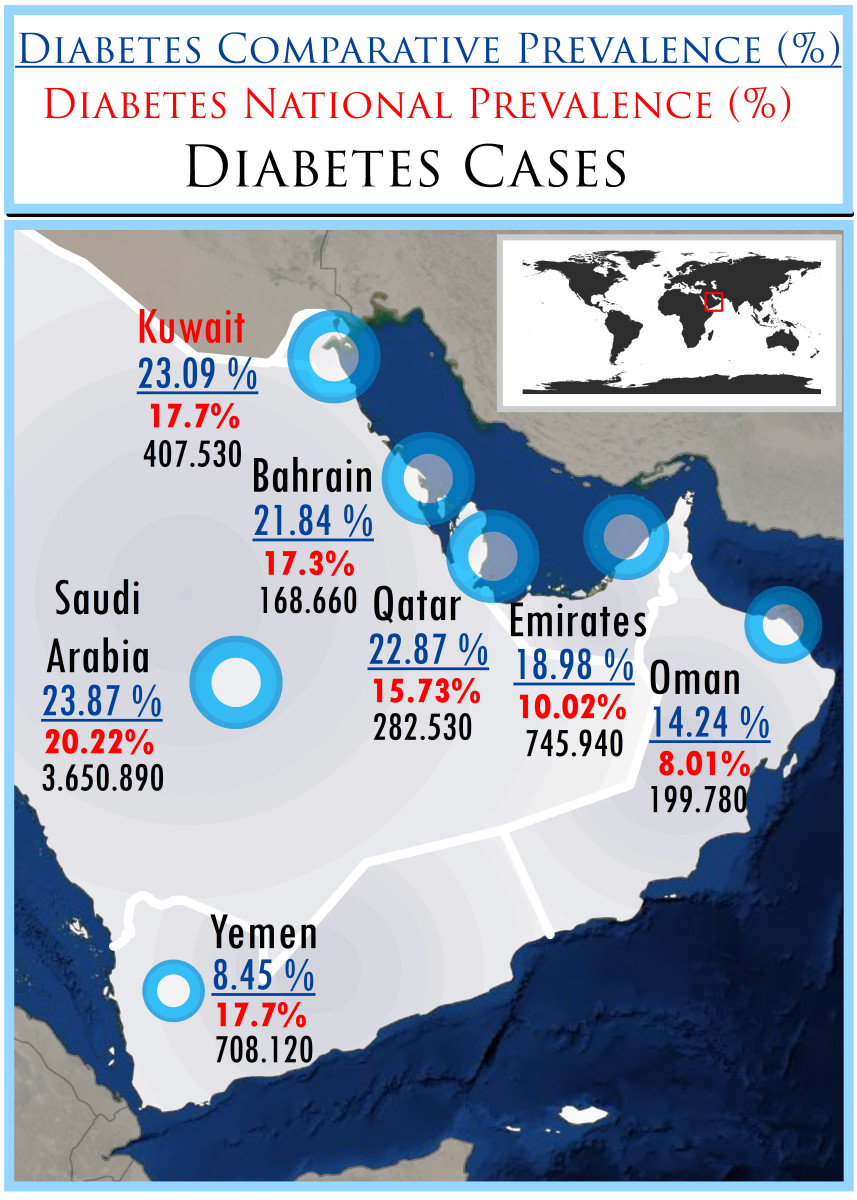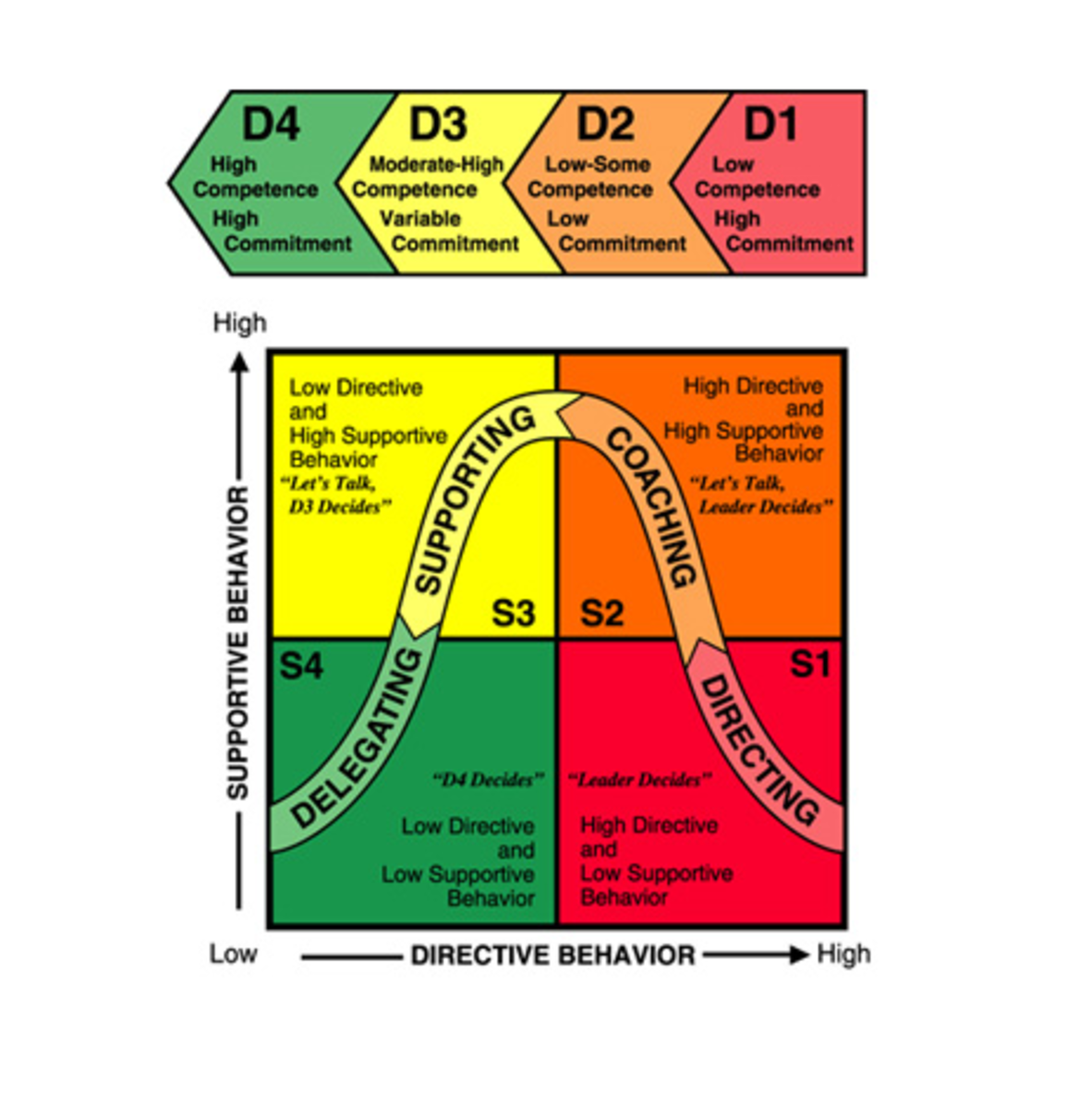Business Forecasting: Knowledge is Power

Introduction
The past few decades have shown that businesses need to collect and analyze data. One of the most common terms thrown around today is “Big Data” -- doing data analysis on large amounts of data. An important aspect of data analysis is that of forecasting. No matter how small a business is, there is a need to predict what will happen in the future. No, this is not using a crystal ball, but it is using tried and proven scientific techniques to help plan for the future. This article examines the need for forecasting and how it is advantages for even the smallest businesses.
When business forecasting is mentioned, many people automatically think of forecasting sales. And while that is a very important step in business planning, sales are not the only thing that can be forecast. Values such as costs to make goods, number of employees, workman’s compensation claims, and number of labor hours per job can be forecast. Truly, anything with a number can be forecast using techniques that range from very simple to quite sophisticated. Some of the uses of forecasting are below.

Short-Term Planning
Would it be nice to know not only how many items will be sold next year, but also how much will be spent in production costs? What about how many employees will be needed next year? All of these can be forecast with a production budget. One can take the sales in units from the last several years (or even months) and forecast the number of units that will be sold in the next year. Once this is done, one can then forecast production costs at every level, even adjusting for increases in costs. The number of employees needed to produce the estimated number of units can then be predicted. One can predict every aspect of production needs and arrive at estimated costs to produce all the predicted items. This analysis can then show whether a price increase is may be needed.
While this discussion has been limited thus far to production firms, similar predictions can be made for service firms and other entities. Using the same methods, a service firm could predict the number of clients it will have for the next several months or even years. One could even estimate turnover and number of client complaints.

Long-Term Planning
One important use of forecasting is in capital budgeting. While personnel can be hired (or laid off) relatively easily, such is not the case for major assets such as plants and machinery. In order to buy equipment that may cost, say, $200,000, a business needs to start saving the money early. This is where capital budgeting comes in. A long-term forecast can predict the number of items to be produced over the period and then predict when existing machines or plants will reach their capacity. Before that point, the firm should be prepared to purchase new equipment or a plant. By predicting when this will happen, a firm can start setting aside money now to be able to make the acquisition. The alternative is to scramble around when full capacity happens and get a bank loan, costing precious time and lost sales due to not being able to supply demand.

Business Plans
Business plans are one of the most underutilized tools in business today. A business plan is a comprehensive overview of what a business is now and where it is going. Part of a business plan requires both the short-term planning and long-term planning components mentioned above. Both of these components are critical for projecting future cash flow statements, projected income statements, and pro forma balance sheets. In other words a business plan is a forecasted vision of what the business’ future looks like. As such, a great deal of numeric forecasting is needed for a comprehensive business plan.

Where Do We Go From Here?
Even though the examples provided here are few, the principle being employed here is “Knowledge is power”. Businesses that know what is ahead have the power to understand and to prepare for what is coming. Forecasts are rarely perfect, but a good forecast can be close and that is enough to prepare. However, there are three things needed to forecast.
The first thing needed is not just data, but quick access to data. If a person is to forecast, the numbers used to create the forecasting model must be as recent as possible. Data, like bread, gets stale. The older it is, the less useful it becomes. I recently talked with a manager of a fast food restaurant and she told me that when customers file complaints with the corporate office, it takes at least a month to reach her. She commented that by the time it reaches her, she cannot do anything with it. While one needs older data to help build a forecasting model, the most recent data is going to have a profound influence on the forecast.
The second thing needed is quality data. This means accurate data that is as verifiable as possible. Good, accurate data will result in a much better forecasting model while poor data can only result in a poor forecasting model. This principle is no different than making furniture. Good quality wood can result in good quality furniture, but it is impossible to get quality furniture from poor quality wood. The old adage applies: Garbage in, garbage out.
The third thing needed is a forecasting method and this is where some people get anxious. A common thought is forecasting requires extensive mathematics. While that is true of the more advanced techniques, there are some simple methods of forecasting that require little math. For example, the last value method uses the actual value from the last period as an estimate for the next period. Many people do this and do not even realize they are forecasting. When a person sets up a budget, that person is predicting the same income and expenses to occur in the next several periods. Another forecasting method is the average value method that averages all the actual values for the past and uses the average as a forecast for the next period. Moving averages are also useful predictors. A three-month moving average takes the average of the last three months values and uses that average as a prediction for the next period.
As each method in the previous paragraph was described, the mathematics became a little more complicated and the forecasts get more and more precise. As one gets into the next level of forecasting, such as linear regression and exponential smoothing, math becomes heavier. Higher level forecasting starts taking into account seasonality and trends and the math gets much more involved.

Conclusion
I say all that to say this. A person does not have to adopt a complicated method of forecasting, but rather needs to have three or four forecasting methods that are easy to understand. Forecasts do not have to be perfect, they just need to be close. We should build a forecasting model for each of the methods chosen using old data and see which method forecasts the best forecasting the old data. Then that method can be used until it does not seem to work anymore. When that happens, we find another model from our collection that works better.
Forecasting need not be complicated, but it is necessary for every business, no matter how small. Knowledge is power and knowing what can happen in the future allows a person the power to plan for that future. And this power can lead to a more successful future.








